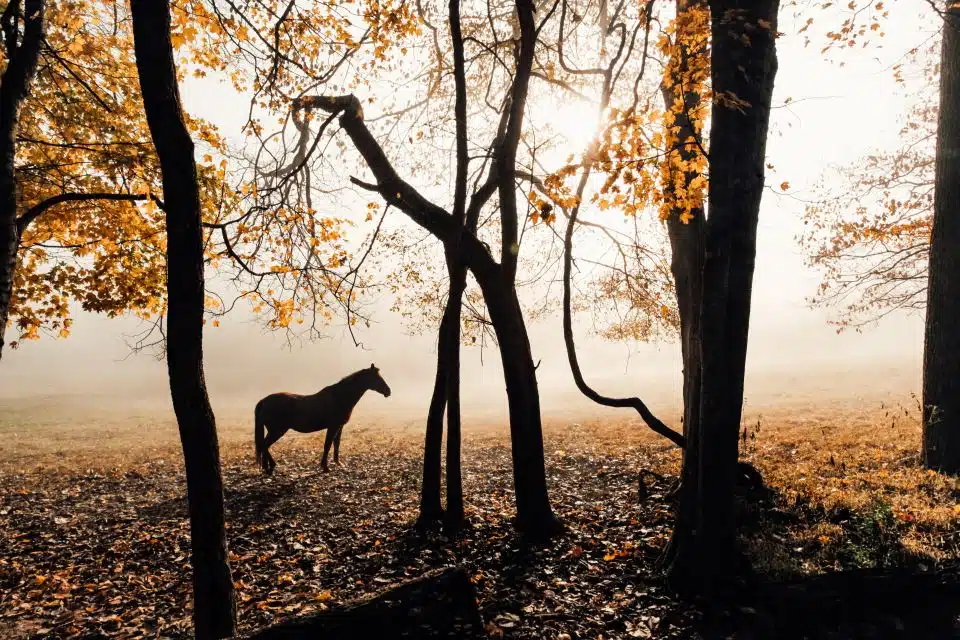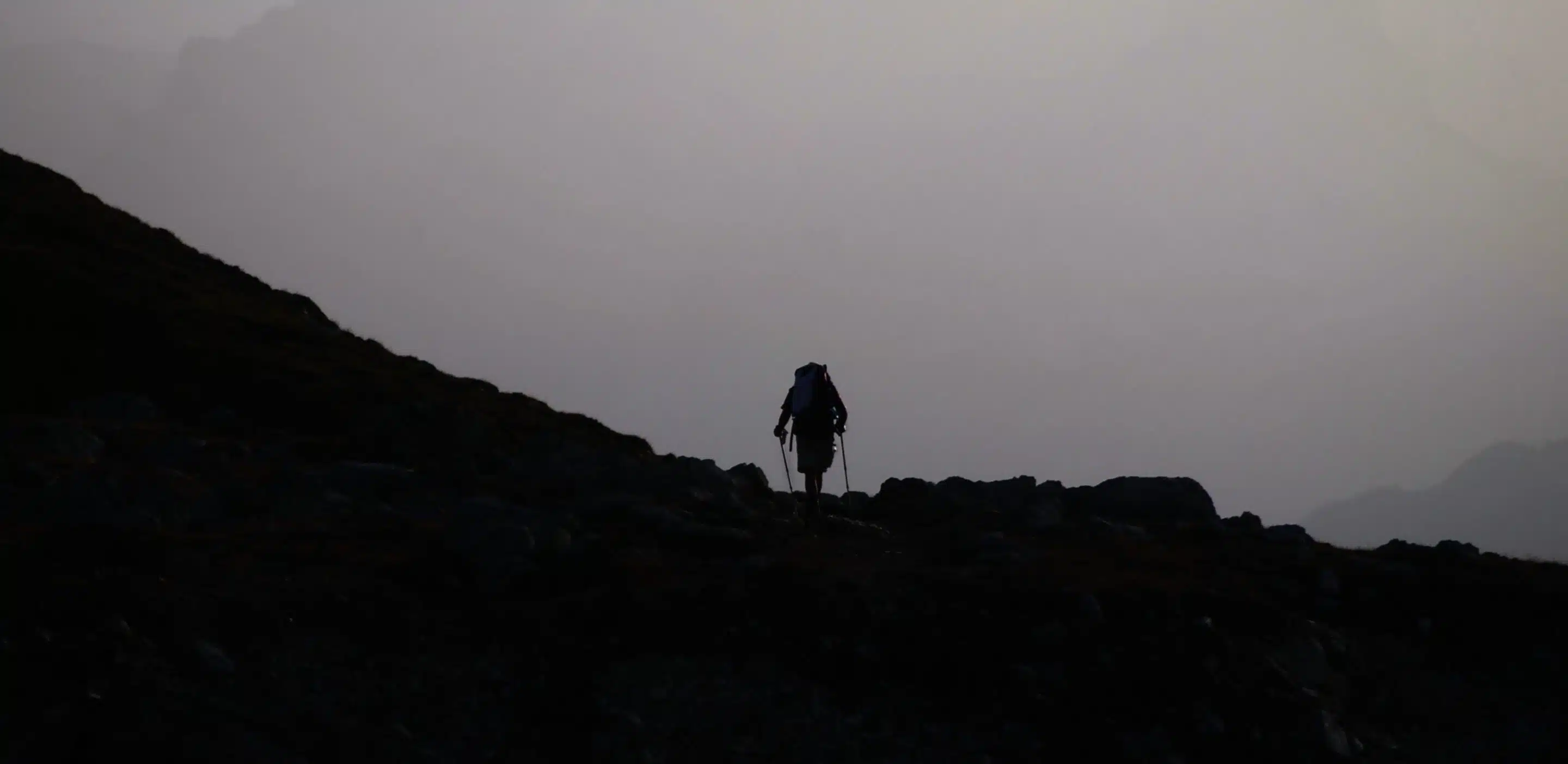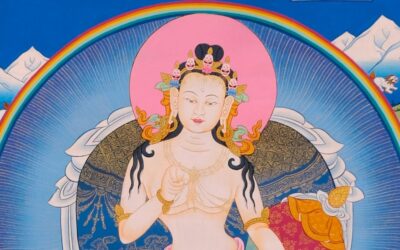The Traditional Qualities of a Disciple

Written By Paul Baffier
Blog | Culture and tradition | The Dzogchen Journey
In “The traditional qualities of a disciple”, we learn that having respect for oneself can teach us to go beyond the self.
Serie: The spiritual path in Dzogchen
The traditional qualities of a disciple
Jamyang Khyentse Wangpo, it is said, asked his students to do only one thing to begin the path: Have self-respect.
It may not sound like much, but it is a lot.
In this day and age, we are quite accustomed to many forms of self-respect, that are intrinsic to our living conditions. Our ecosystem is saturated with various forms of pollution, our food is often of poor quality, our work is unpleasant and stressful, our family relationships are not always ideal, our health suffers… The list of problems goes on and on.
So having as a foundation stone the cultivation of self-respect, knowing one’s limits, knowing how to dedicate oneself to a cause but also knowing how to stop and rest, etc., in short, finding the long time of oneself and a vision of oneself, having a deep vision of our being, may not be a bad idea…
In Tibetan, “disciple” or, in our secularized context, “student”, is called “dultcha” (gdul bya), which means something like “being to be tamed, disciplined, trained”.
Personally, I like the metaphor of taming, because we’re all, in our own way, a bit like a wild animal that needs to be approached and tamed, step by step, gently. A wild animal that has treasures within itself, prodigious inner powers, but which squanders them in its thirst for illusory, wandering freedom – without being able to channel them in the direction of ultimate freedom, which is free of all concepts of freedom.
“… in our own way, a bit like a wild animal that needs to be approached and tamed, step by step, gently.”
This is not to say, then, that the method of taming should be seen as an act of violence or submission. On the contrary, the great tamers of resistant horses teach them to transcend their fear, body to body and breath to breath, to teach them something greater than themselves: to work together for the common good of all. The union of the two, in that moment, will transcend the simple binomial, to reach the immensity of space that contains the infinity of beings… to be tamed in their turn.
Yes, that’s how it is: in the collaborative relationship with his teacher, the disciple gradually discovers the marvelous resources of this unique bond between all, resources he had only glimpsed at the beginning, and which make up the richness of his path, its joys as well as its challenges.
The Dzogchen Tradition thus speaks of the three characteristics (mtshan nyid gsum) of the disciple, the three qualities that structure his path and will grow in intensity as he progresses along:
First, (1) a clear mind (blo gsal) :
You don’t have to have gone to university, you just have to be willing to ask yourself questions about the meaning of existence, to know how to question yourself, to take into account the lessons of your experiences, whether happy or unhappy. In short, you have to know how to learn, or at least try to learn how to learn. This means continuing, little by little and each in his own way, to exercise his intelligence, to study, re-study and deconstruct the teachings, to make the connections between the different levels of understanding and practice, to gradually see their great internal structures and intrinsic coherence emerge.
Next, (2) the desire to know (shes ‘dod) :
We could also say “the appetite for knowledge”, “the thirst for knowledge”, curiosity: it is indeed this, that will push us further along the path of understanding and enable us to look back reflectively on our provisional experiences; it is this curiosity that will lead us to study the tradition (through books, travel, visits and pilgrimages), and it is this patiently accumulated knowledge that will enable us to demand appropriate teachings with measure and reason. For, as the saying goes, “You don’t get taught unless you ask for it”.
Finally, (3) respect for the master(s) (gus pa):
The term is translated as “respect”, but it also has a connotation of enthusiasm, deep appreciation, a sense of delight in beauty and grandeur; it’s esteem mixed with humility; depending on one’s temperament and terminological preferences, it could also be translated as “devotion” or “reverence” for the more old school among us.
A word of caution here:
Respect for the Master is certainly something natural, the spontaneous manifestation of a direct, deep connection that has always been there. It’s the experience of rediscovering what you’ve always been looking for, without ever being able to put a word or a face to it; for some, it’s like finding yourself in front of a very old relative, the ancestor of a forgotten family, closer and more intimate than any bond you’ve ever had before.
For a certain number of us, however, this bond is quietly built through patient and measured observation of the master’s actions and words, which behave according to the Four Attractions (bsdu ba bzhi: giving what is necessary, kind words, conduct full of meaning and in accordance with the teachings, coherence between words and deeds). It is regularly repeated that one can, without fault, observe a master for ten years before committing oneself to him as a disciple. “Patience is the mother of virtue”.
Without going that far, in this age of urgency, of lives and instant messaging, it might be a good idea to take the time to examine and question (diplomatically and peacefully) the conduct of someone who presents themselves as a teacher or master. It is not a question of public questioning or confrontation (which the tradition tends to reject), but rather of exploring what the texts – which are very explicit on the subject – have to say about the qualities and conditions necessary for the transmission of a vast and profound teaching, and for the exercise of a spiritual magisterium in general.
This “respect for the Master”, which is the third quality of the disciple, is therefore far removed from any blissful blindness or fanaticism, and from any sterile systematic opposition. This respect is based on analysis, reflection and comparison between what the what the traditional texts of the masters say and what the master embodies in his teaching (in our own conditions, which differ from the traditional Indo-Himalayan conditions).
That said, it’s true that with time, our understanding of the extraordinary qualities of the masters of our time grows. And respect is transformed into a boundless admiration (another translation for gus pa), which these words cannot convey.
Respect for that which will always surpass us is the greatest form of self-respect.
More Posts
The ground of all Künshi
This article “The ground of all, Künshi” provide a better understanding of the essential words and concepts of Dzogchen.
The Four Testaments of the Vidyādharas
This article from Grégoire presents the" Four Testaments of the Vidyādharas", essential teachings from the early masters of Dzogchen.
The Story of the First Masters: Garab Dorje
“The Story of the First Masters: Garab Dorje” is the first article in a new category about the masters of the Dzogchen lineage.





